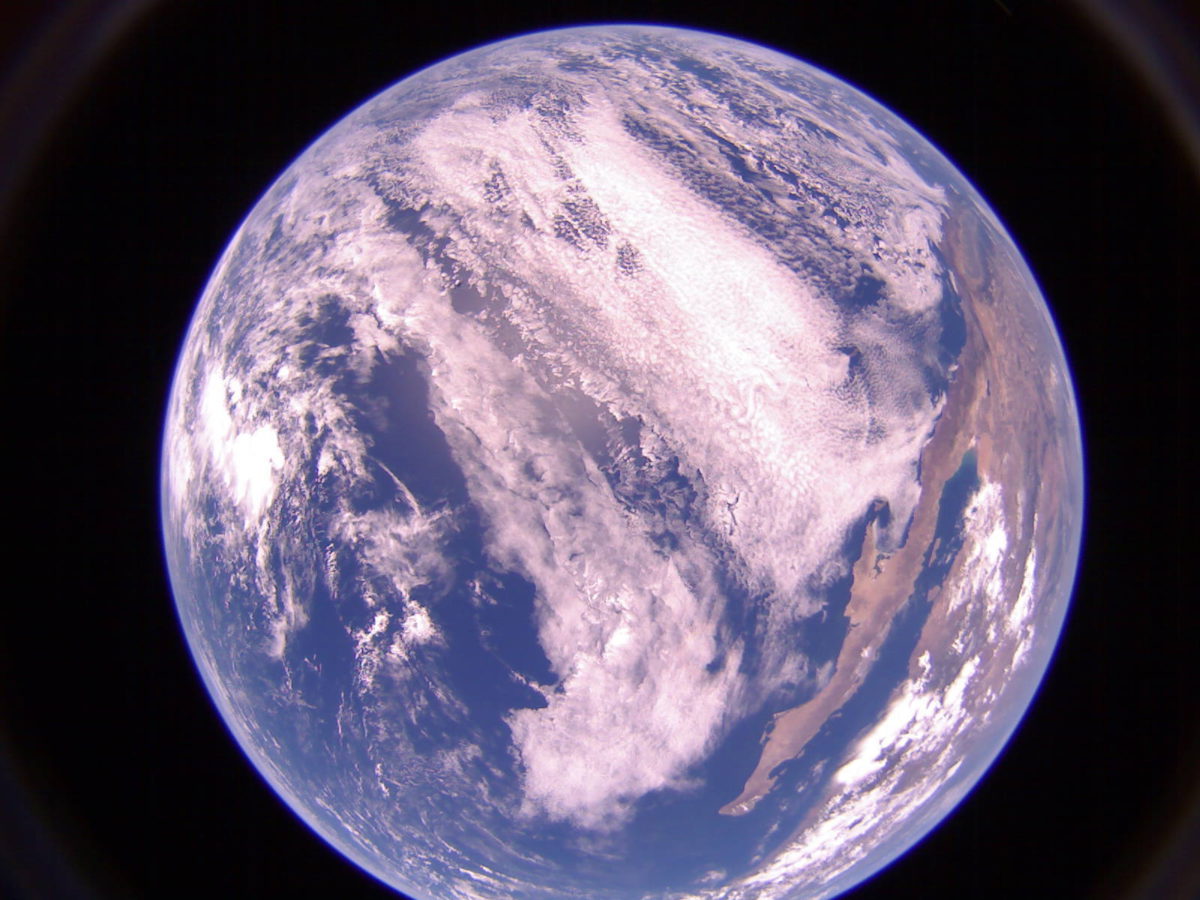Jason Davis • Jul 19, 2019
LightSail 2 Sail Deployment Scheduled for Tuesday
The Planetary Society's LightSail 2 spacecraft is almost ready to go solar sailing.
Mission officials today cleared the spacecraft for a possible sail deployment attempt on Tuesday, 23 July 2019, during a ground station pass that starts at roughly 11:22 PDT (18:22 UTC). A backup pass is available the following orbit starting at 13:07 PDT (20:07 UTC). These times may change slightly as new orbit predictions become available.
Live sail deployment coverage will be available at planetary.org/live. A video and audio stream from mission control, located at Cal Poly San Luis Obispo in California, will be available during ground station passes. Rolling updates will also be posted on the page for context.
On 17 July, flight controllers placed LightSail 2's attitude control system into solar sailing mode for a second time, allowing it to track the Sun and make two 90-degree turns into and away from the solar photons. When the solar sail has been deployed, these turns will raise one side of the spacecraft’s orbit.
An initial review of data from the test showed LightSail 2 performed as expected. A more thorough review is scheduled for Saturday, and on Sunday, the spacecraft will be placed in solar sailing mode a third time as a final verification that it is ready for sail deployment.

Even at an altitude of 720 kilometers, the spacecraft’s boxing ring-sized solar sail creates atmospheric drag, which limits the time LightSail 2 can raise its orbit to about 1 month. As one side of its orbit raises, the other side will dip lower into the atmosphere until drag overcomes the force from solar sailing. Therefore it is essential that the spacecraft's attitude control system is functioning as expected prior to sail deployment.
Watch planetary.org/live and The Planetary Society's Twitter, Facebook, and Instagram accounts for further updates on sail deployment.
Support our core enterprises
Your support powers our mission to explore worlds, find life, and defend Earth. You make all the difference when you make a gift. Give today!
Donate

 Explore Worlds
Explore Worlds Find Life
Find Life Defend Earth
Defend Earth

